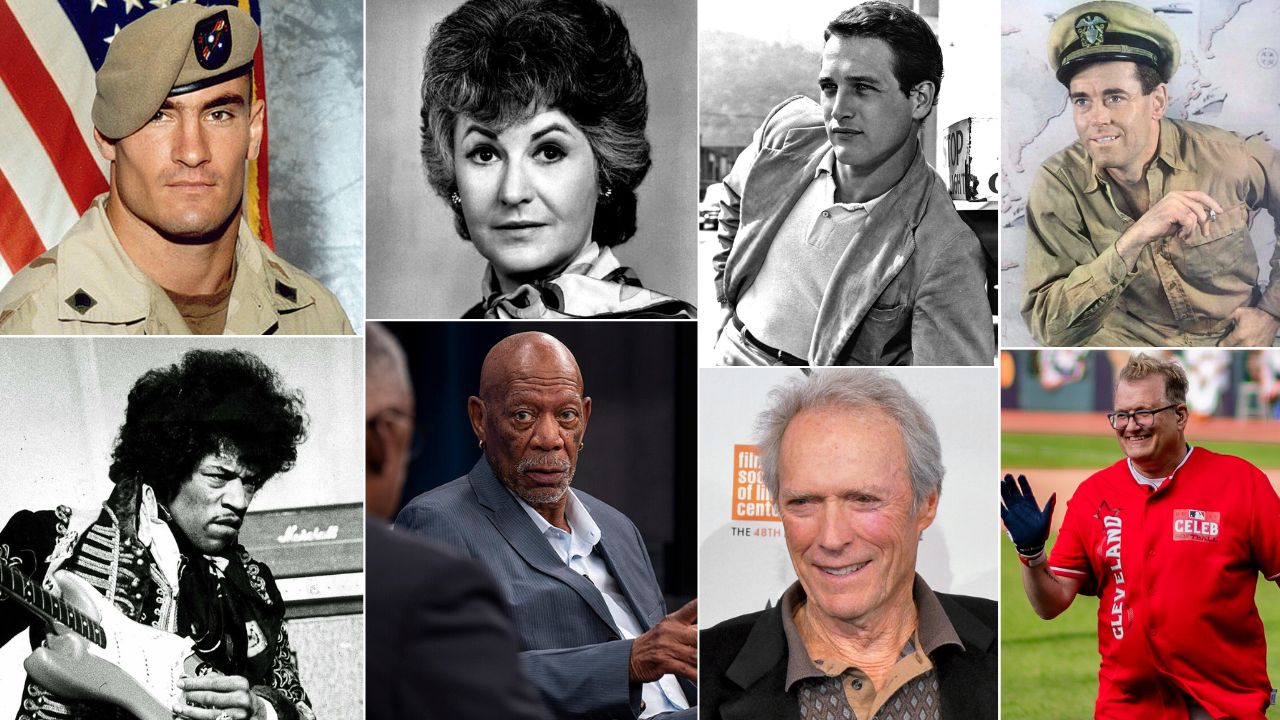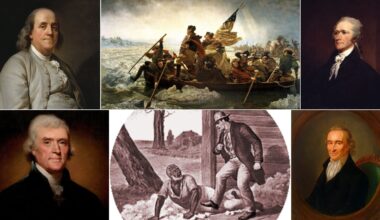American safety, medicine, and daily life run on ideas that rarely make it past a paragraph in school. Long before viral headlines, Black inventors solved problems that cost lives on streets, in factories, and at the front lines of care. Their work reduced collisions, protected homes, preserved food and medicine, and opened operating rooms to safer tools. What this really means is that lifesaving often looks practical. A valve here, a circuit there, and suddenly risk bends in a better direction for everyone.
Garrett Morgan’s Traffic Signal And Safety Hood
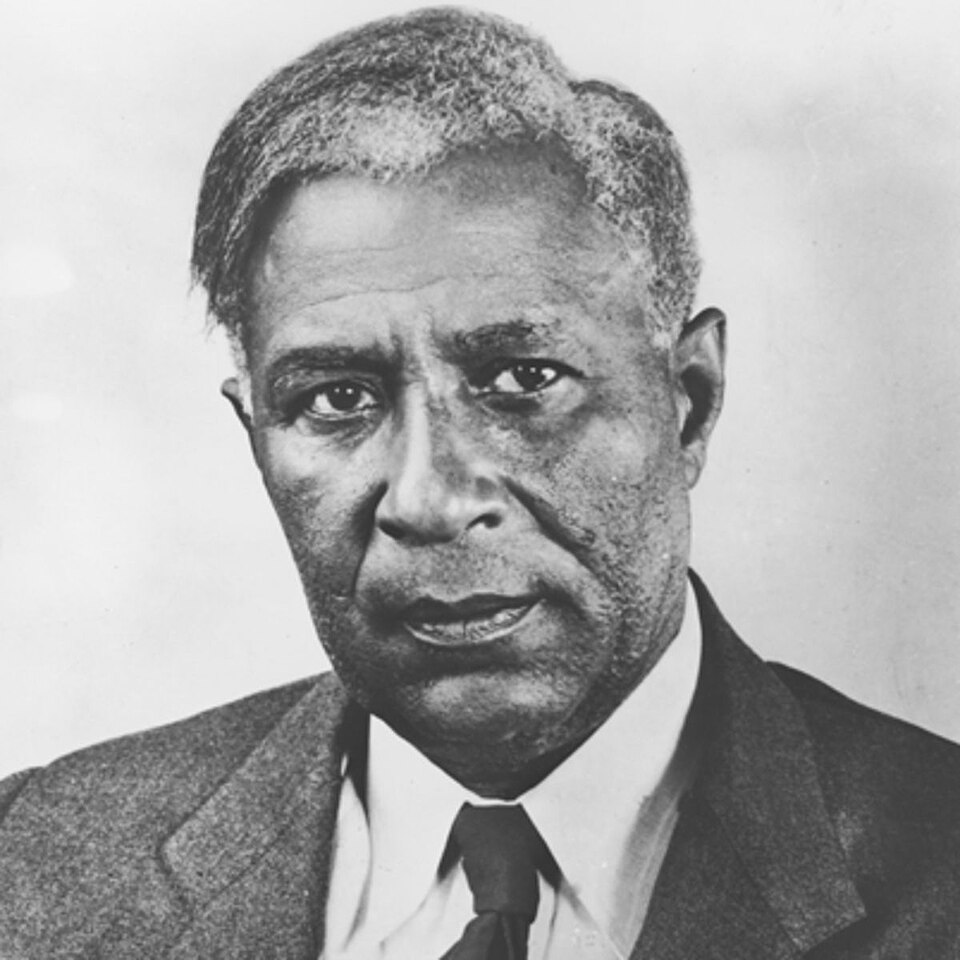
Garrett Morgan saw chaos at intersections and created a three-position signal that added a crucial pause between stop and go, cutting crashes where wagons and early cars tangled. Years earlier, his safety hood gave firefighters and tunnel crews breathable air, then proved itself during a 1916 rescue in Cleveland. One idea tamed streets, the other carried workers out alive. Together they show how a clear read of danger leads to small devices that change the odds.
Charles R. Drew’s Blood Plasma Banks
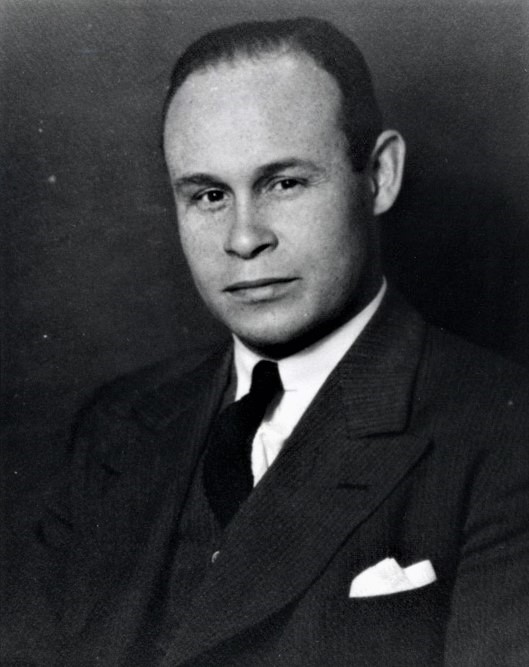
Charles Drew refined methods to separate and store plasma, organized transatlantic shipments in wartime, and designed systems that turned donations into reliable supply. Hospitals could finally hold lifesaving blood products long enough to meet crises rather than hope the right type arrived by chance. His stand against segregated blood also reshaped policy. The legacy is practical and profound. Modern trauma care, disaster response, and routine surgery all move faster because storage became science.
Marie Van Brittan Brown’s Home Security System

Working as a nurse on late shifts, Marie Van Brittan Brown mapped fear to a plan. She patented a home security system in 1969 that placed a camera behind peepholes, routed images to interior monitors, and linked to a remote door latch and police alert. The design set the template for closed circuit surveillance in homes and small businesses. It did not sell fear. It offered control, evidence, and precious minutes that can separate a scare from a tragedy.
Otis Boykin’s Precision Resistors For Pacemakers
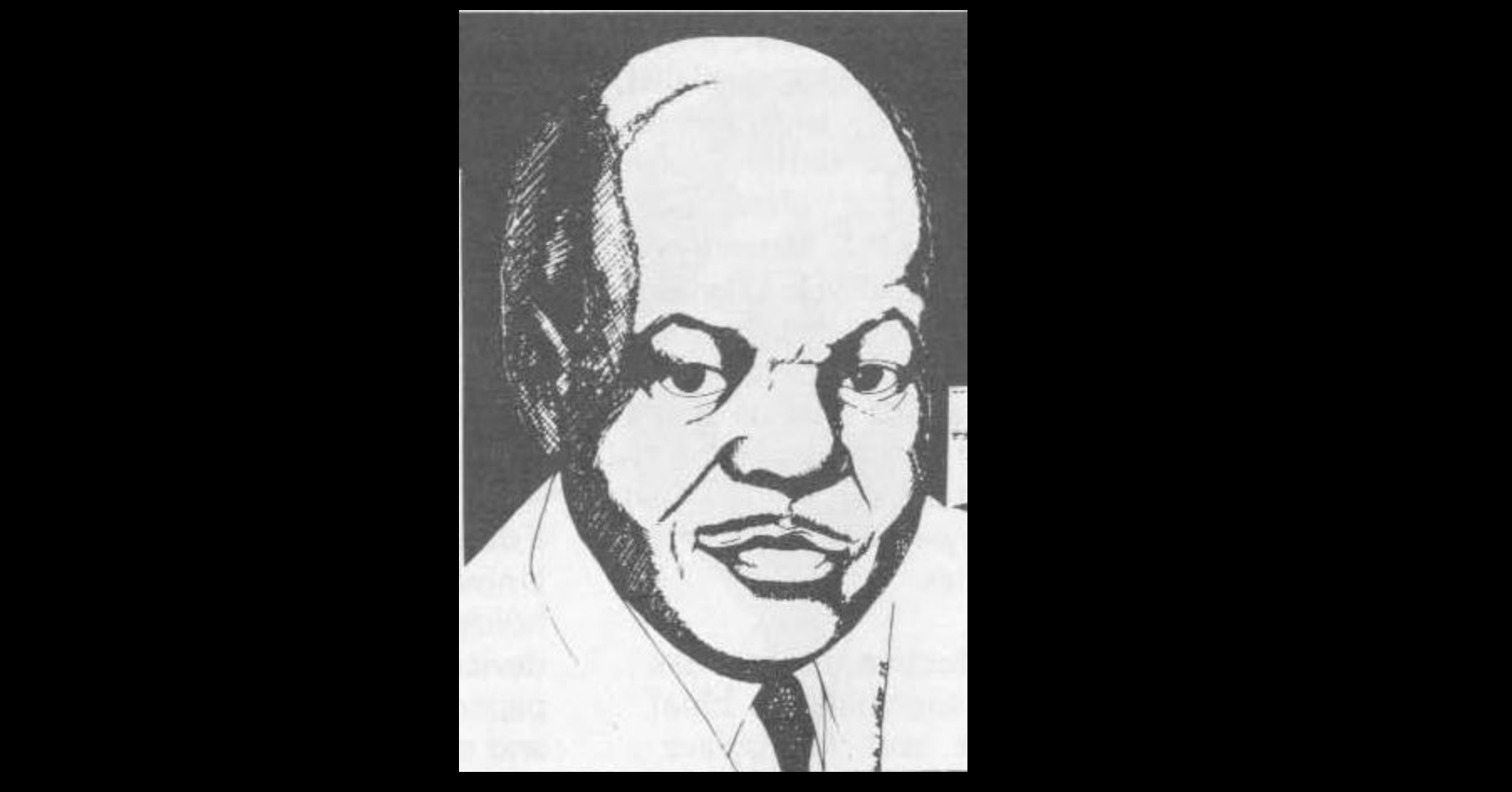
Otis Boykin improved the humble resistor so circuits could hold steady under heat and vibration, then saw his components used in avionics, radios, and especially pacemakers. Heart rhythm devices need predictable resistance to deliver safe pulses. Better parts mean fewer failures inside a chest where tolerance is narrow and stakes are high. Boykin’s portfolio looks quiet at first glance. Then the impact lands. Reliability is a form of care, and it saves lives one heartbeat at a time.
Frederick McKinley Jones’s Mobile Refrigeration
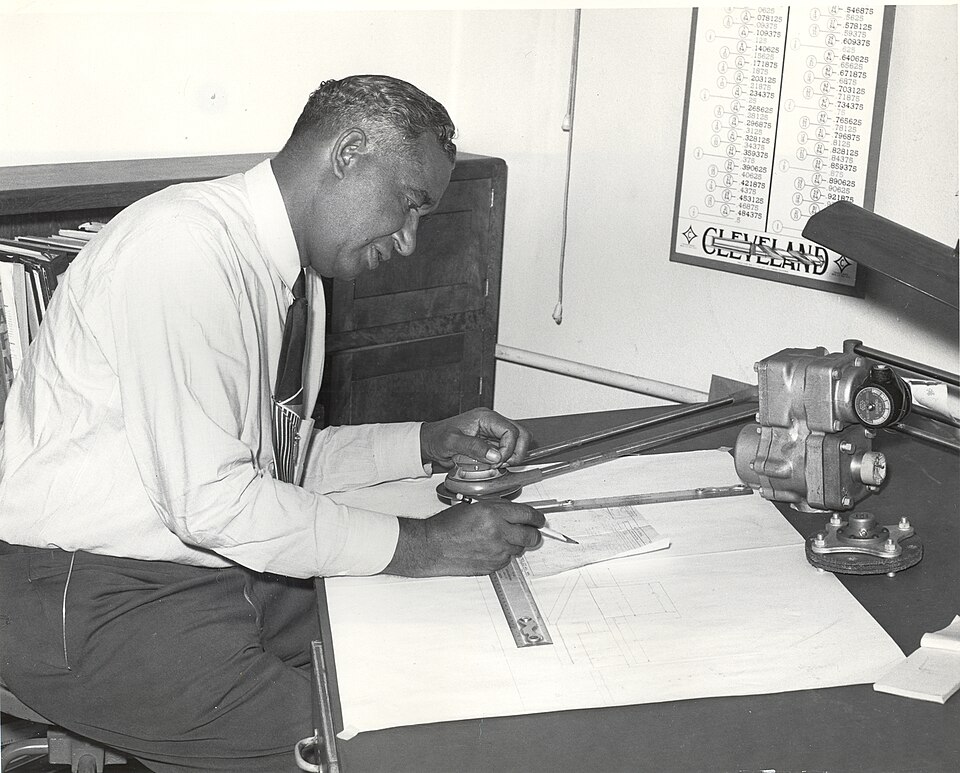
Frederick McKinley Jones invented compact, dependable refrigeration units for trucks and rail cars, then co founded Thermo King to move the idea into the real world. Cold chains reshaped food safety and carried vaccines, blood, and medicines intact across long distances and hot climates. The improvement reads as logistics, yet the outcome is health. When perishables arrive potent and clean, hospitals can treat, and communities can eat well year round. A box that stays cold is a promise kept.
Percy Lavon Julian’s Firefighting Foam And Affordable Steroids
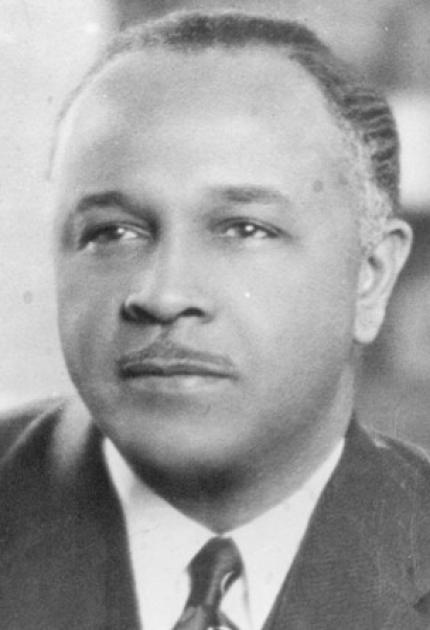
Percy Julian turned plant chemistry into practical rescue. His protein based foam smothered oil and gasoline fires that water could not touch, saving crews and airfields in wartime. He also pioneered cost effective synthesis of steroid drugs, slashing prices for cortisone and opening treatment for pain and inflammation to ordinary patients. Two different lifelines came from the same mind. One stops a blaze, the other calms the body, and both expand who gets help in time.
Alexander Miles’s Automatic Elevator Doors
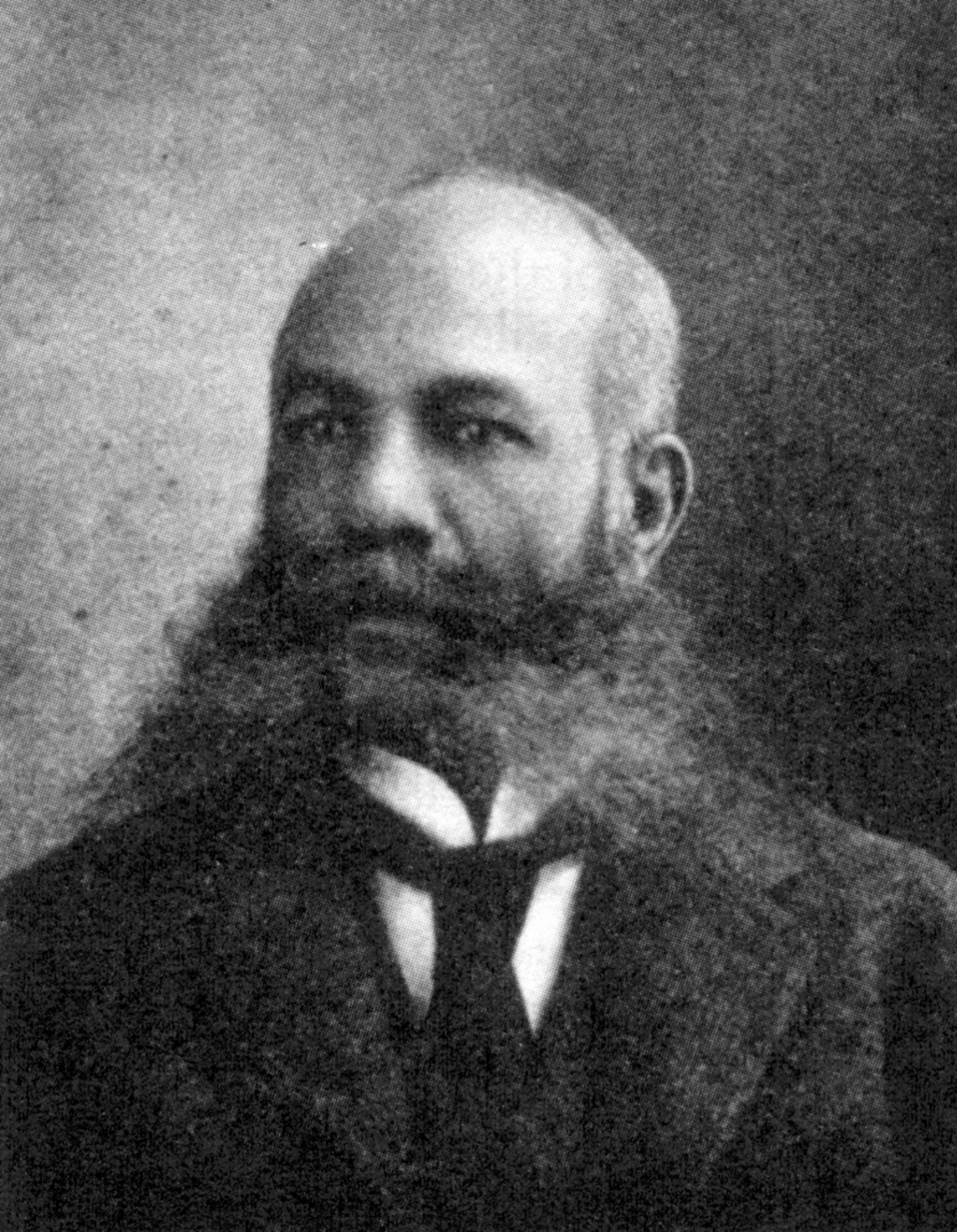
Alexander Miles studied a simple hazard. Open elevator shafts killed when doors slid wide and did not close. His 1887 patent linked car movement to automatic door operation so openings stayed shut unless a cab was present. The mechanism changed how buildings rose and how safely people traveled inside them. It is easy to miss because it works. Yet every smooth stop and closed threshold says the same thing. A safety feature that fades into the background is doing its job.

